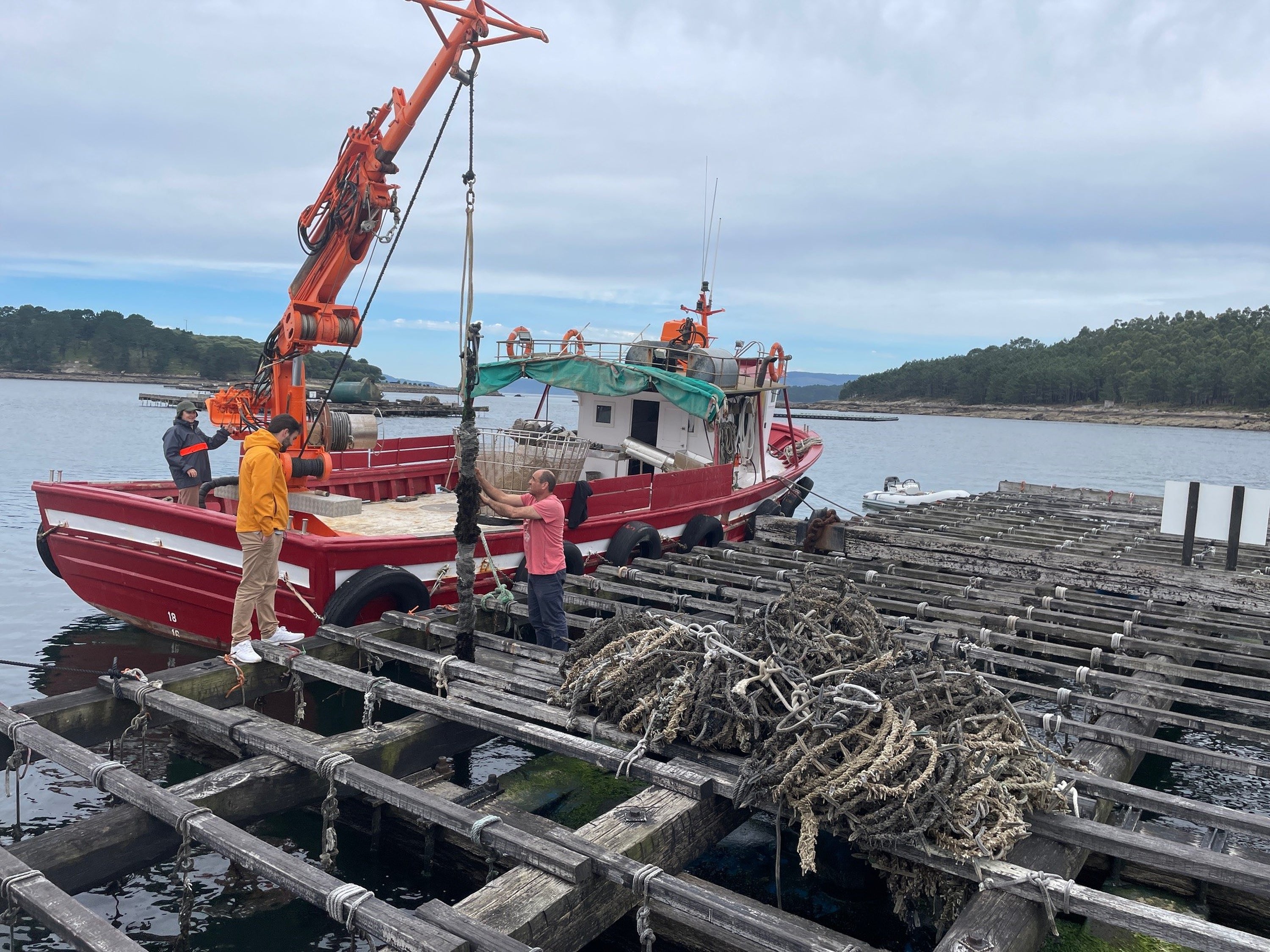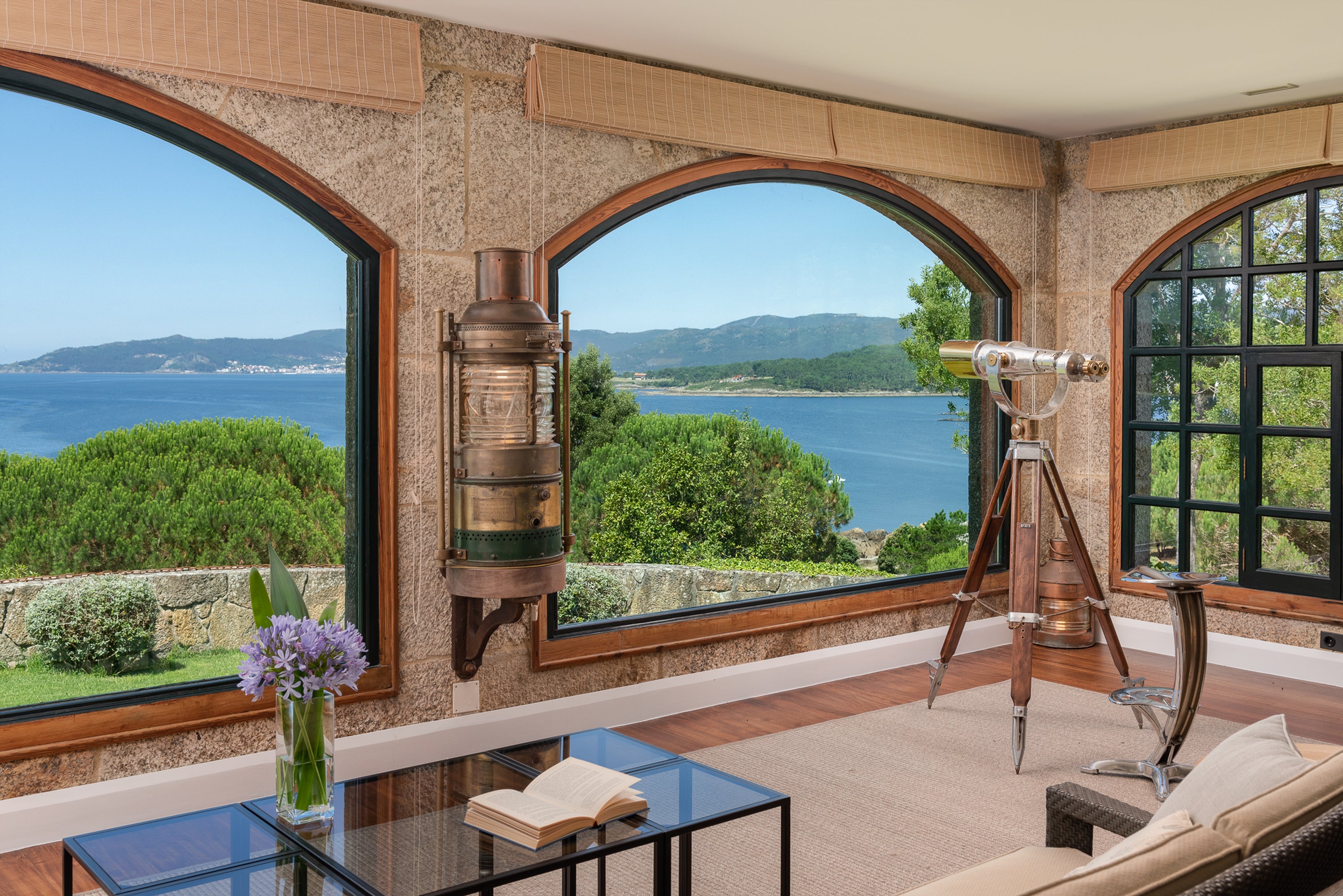Hoisted by crane from the salty depths of Galicia’s cold, nutrient-rich Atlantic waters, a rope weighs heavy with clusters of mussels jangling like castanets. Eager to sample his latest harvest, Xindo Amado releases a handful of the jet-black shells and offers them to me. Crusted in salt crystals and strands of seaweed, they smell deliciously of the ocean.
Five hundred ropes are suspended from Xindo’s batea, a wooden grid-like platform floating in an estuary close to the Spanish mainland, collectively providing a nursery for the region’s prized shellfish which are harvested only once a year. There are around 3,000 of these structures floating in Galicia’s waters, all family-owned for several generations and guarded with pride.
“We struggle to compete with the mass production of farms in China and Chile,” Xindo tells me, revealing 20 of his world-class mussels earn just €1.30 (£1.11) at market, but this is very much a labour of love.
The ocean has always been a source of life for populations living in the northwest of Spain, a region steeped in tradition and characterised by emerald hills, Romanesque terracotta churches and earthy Celtic roots. Briny water flows like blood through their veins.

Read more on Spain travel:
The area is best known for cathedral city Santiago de Compostela, the final stop for thousands of pilgrims taking one of the many Camino routes inspired by the story of St James whose body was carried by his followers from Jerusalem to present-day Galicia. But as temperatures soar in southern Europe, making many parts of the Med unbearable in July and August, more holidaymakers are turning their attentions to coastlines in the north.
Although rocky, rugged and slightly rough around the edges, there is a product with some polish here: A Creba, northern Europe’s first luxury private island retreat.
“My grandfather bought this island 50 years ago,” Jose Penas tells me, as we sit in an open-fronted patio lounge dining on mussels from Xindo’s batea, a few minutes’ boat ride away. “It was a rock with no trees. It cost him the price of a small car.”

Five decades later, the place – only 1km in diameter – looks unrecognisable. Umbrella pine trees shade pathways littered with giant pinecones and two…
Click Here to Read the Full Original Article at The Independent Travel…
